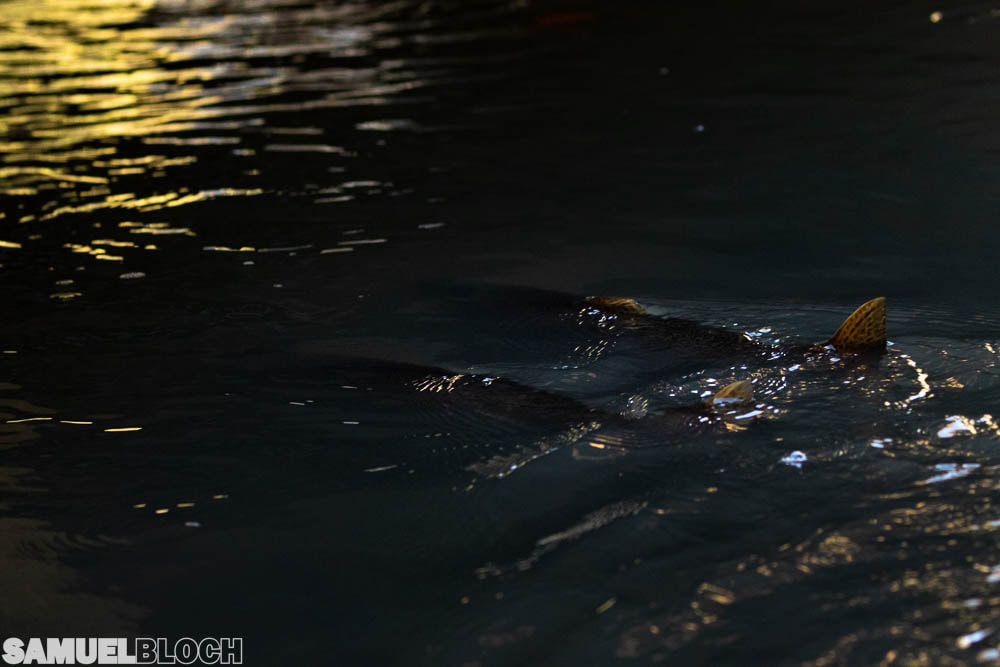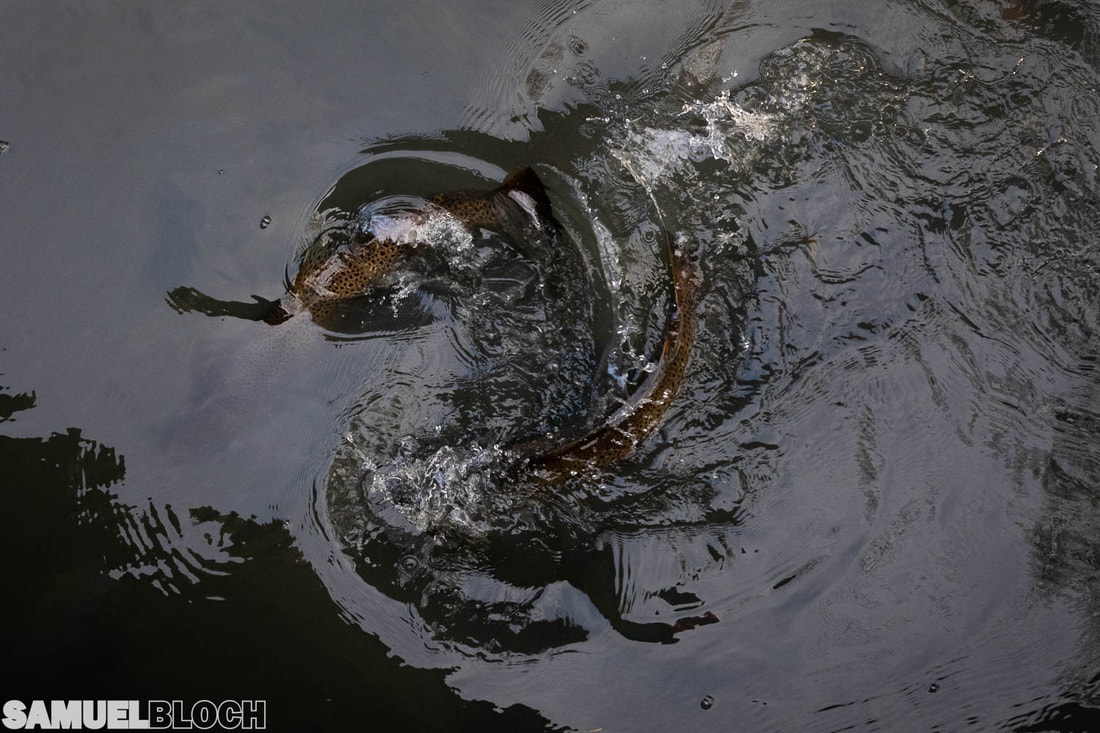|
One of the key questions for conservationists is: how do we trigger action that’s bigger than us? There are only a few people who can afford to do conservation full-time or even half-time, whether that’s as professionals or as volunteers. How, then, can we save species with so little manpower?
Bigger action can take several shapes: it can, for instance, be a protest that attracts people who normally don’t join conservation action. It can also be larger numbers of volunteers joining restoration events. It can be political action, with members of the parliament pushing new nature protection laws, or city agents implementing rewilding programs that have been asked for for a long time. In this context, I think the story of Pirkko the Trout is enlightening.
0 Comments
My main project this year saw me follow conservationists and researchers along the streams of Helsinki, as they looked for endangered Brown trouts (Salmo trutta) and restored their habitat.
Trouts are born in rivers in spring. The babies (the “fries”) are tiny and have many predators, including older trouts, but if they survive, they will grow in the river for a few years. At some point, there won’t be enough space and food for everyone, and the largest and most aggressive ones will hold the most bountiful spots. The others will migrate to the sea (or to a lake, but in Helsinki the streams end directly in the Baltic Sea), and come back in autumn to lay their eggs in gravel beds. Unlike some species of salmons, Brown trouts don’t die after spawning. They go back downstream, and return the next year. That’s of course how it happens in an ideal world. Nowadays, Finnish rivers are too warm, they carry too much sediment, they have been dug (so they look more like straight ditches than meandering brooks)… and there are way too many dams that prevent fish movement. In the face of all this, dedicated people are fighting to free rivers and bring back the fish. |



